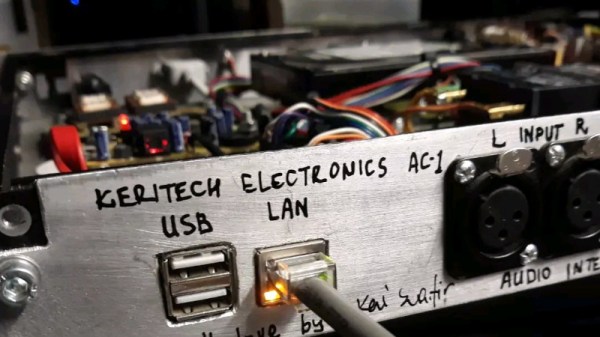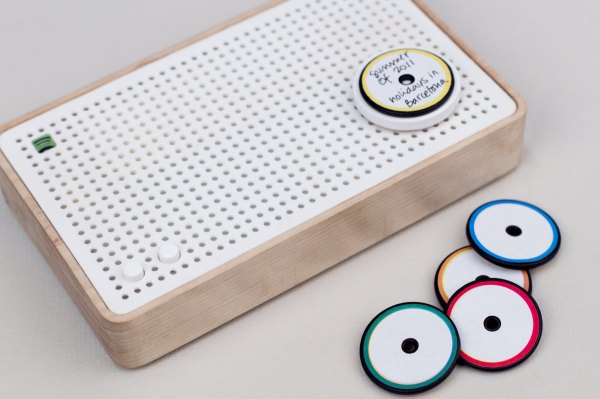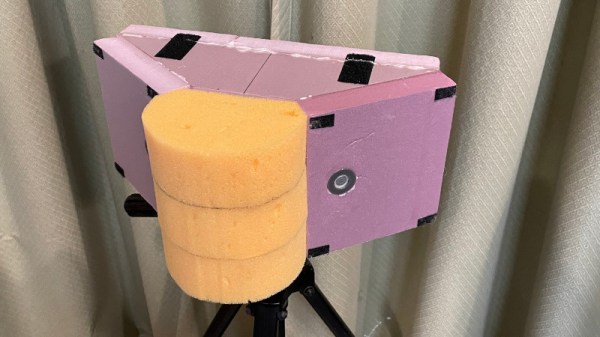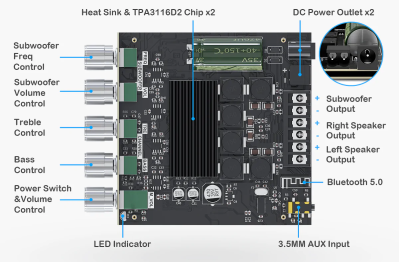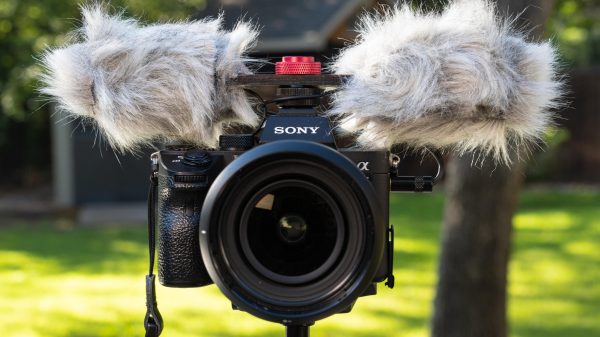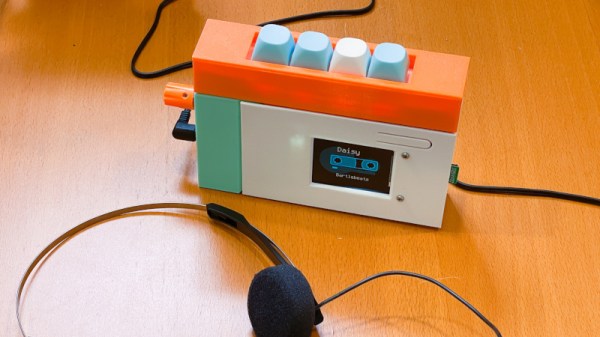Dittytoy user [srtuss] has recreated one of the most influential works of electronic music in an elegant nineteen kilobytes of Javascript code. The recreation of Jean-Michel Jarre’s Oxygene Part IV on the Dittytoy platform, currently in beta, plays live right in your browser. Dittytoy empowers users to create generative music online using a simple Javascript API. Syntax of the API is loosely based on that of Sonic Pi, a code-based music creation and performance tool.
“Oxygene (Part IV)” was recorded by Jean-Michel Jarre in 1976. It was Jarre’s most successful single, charted on the top ten in several countries, and was more recently featured in the Grand Theft Auto IV video game. In the 1990s, famed electronic music innovator Brian Eno used the term “generative music” to describe music generated by an electronic system comprising ever-changing elements that may be algorithmic or random.
Recreation of Jarre’s work required modeling the Korg Minipops 7 drum machine, one of the instruments presented in our slew of open-source synthesizers.


